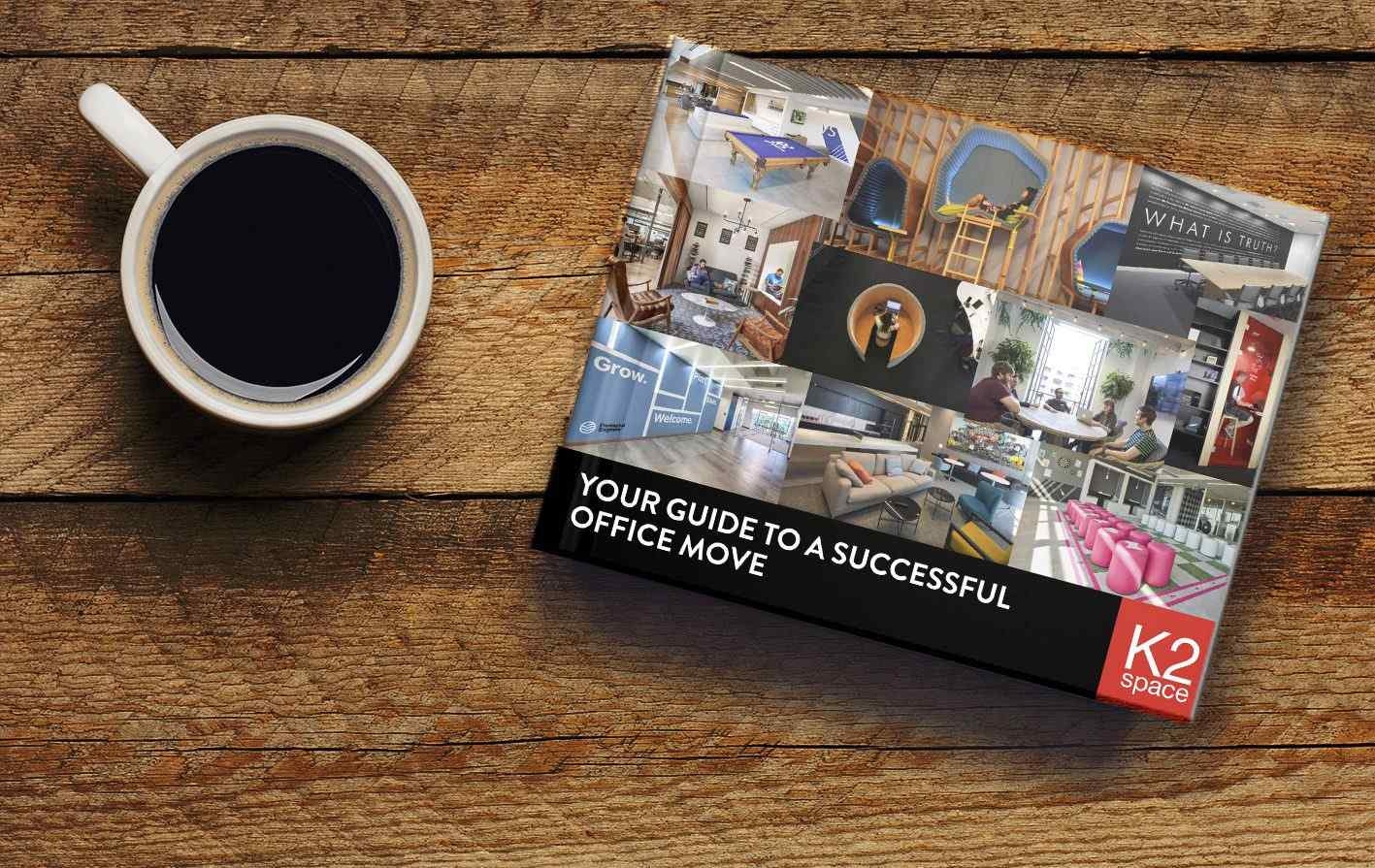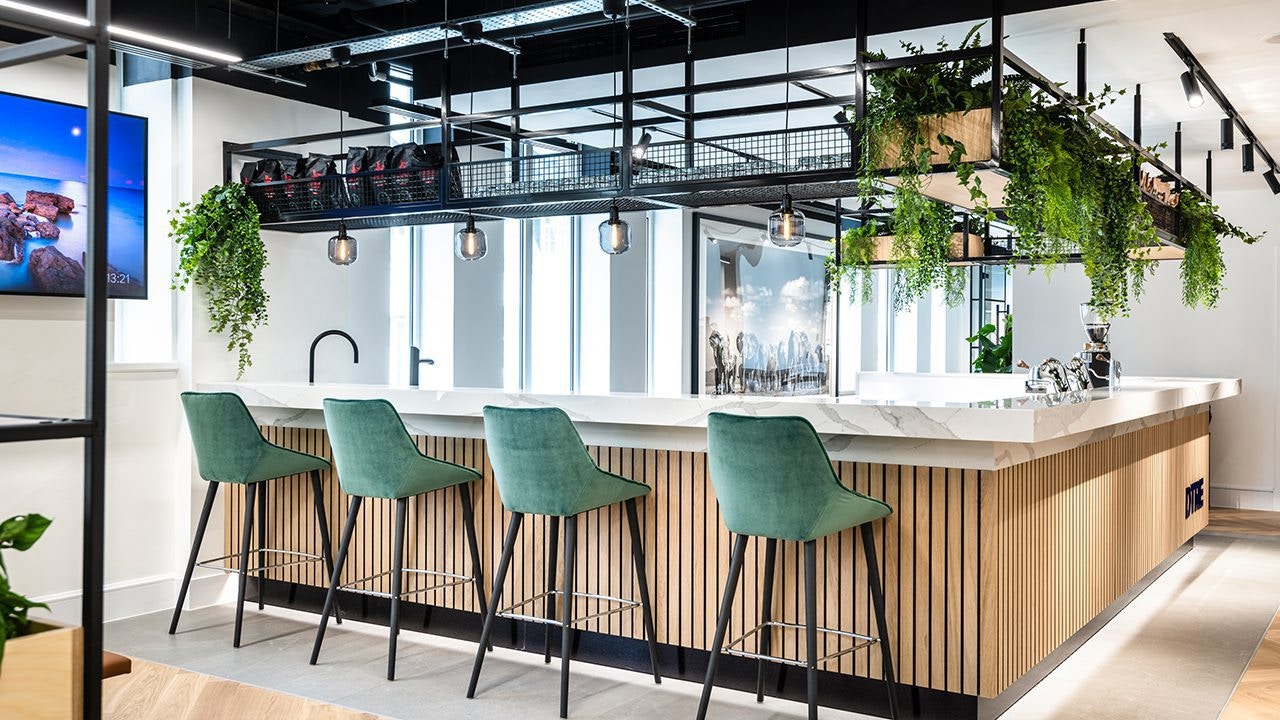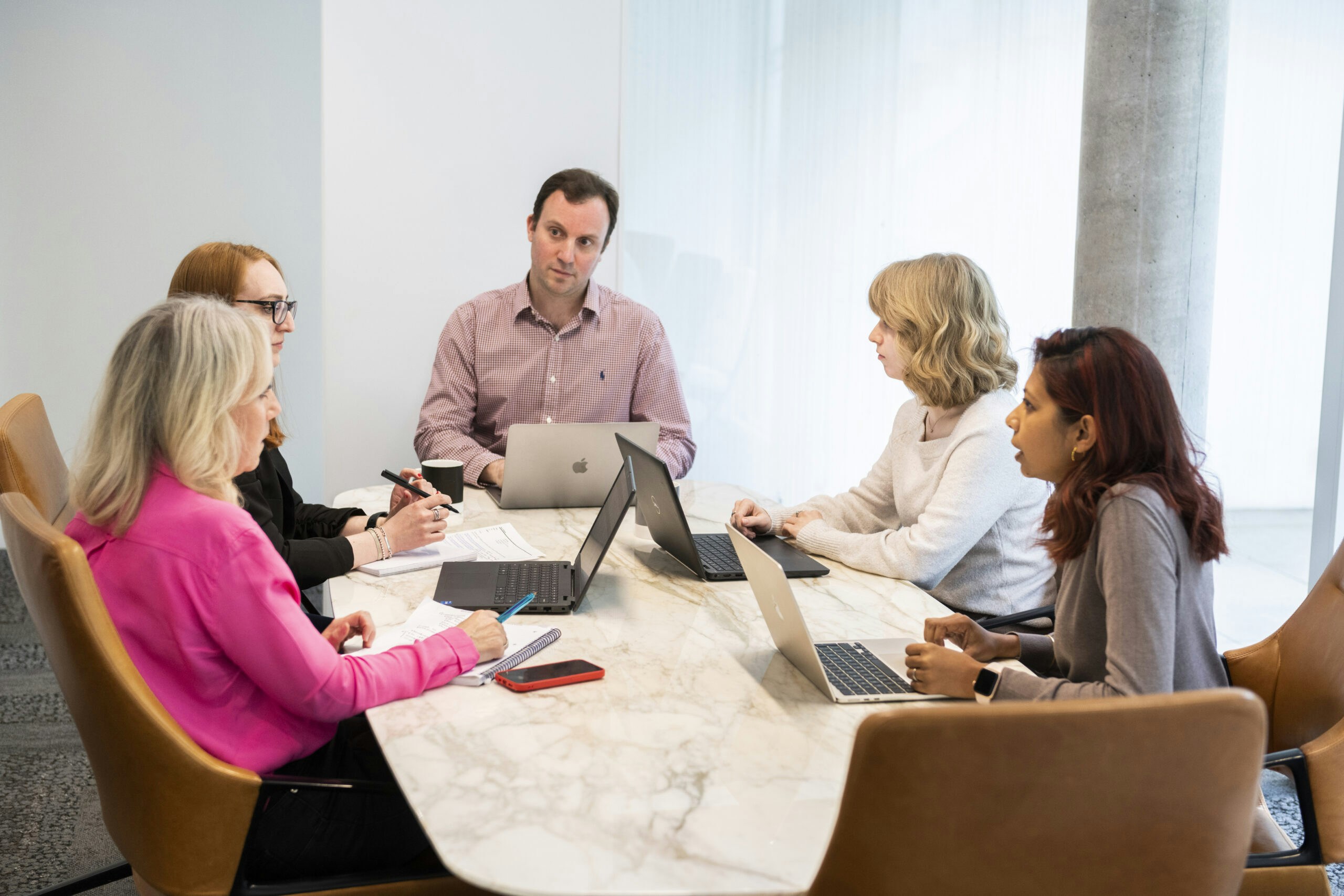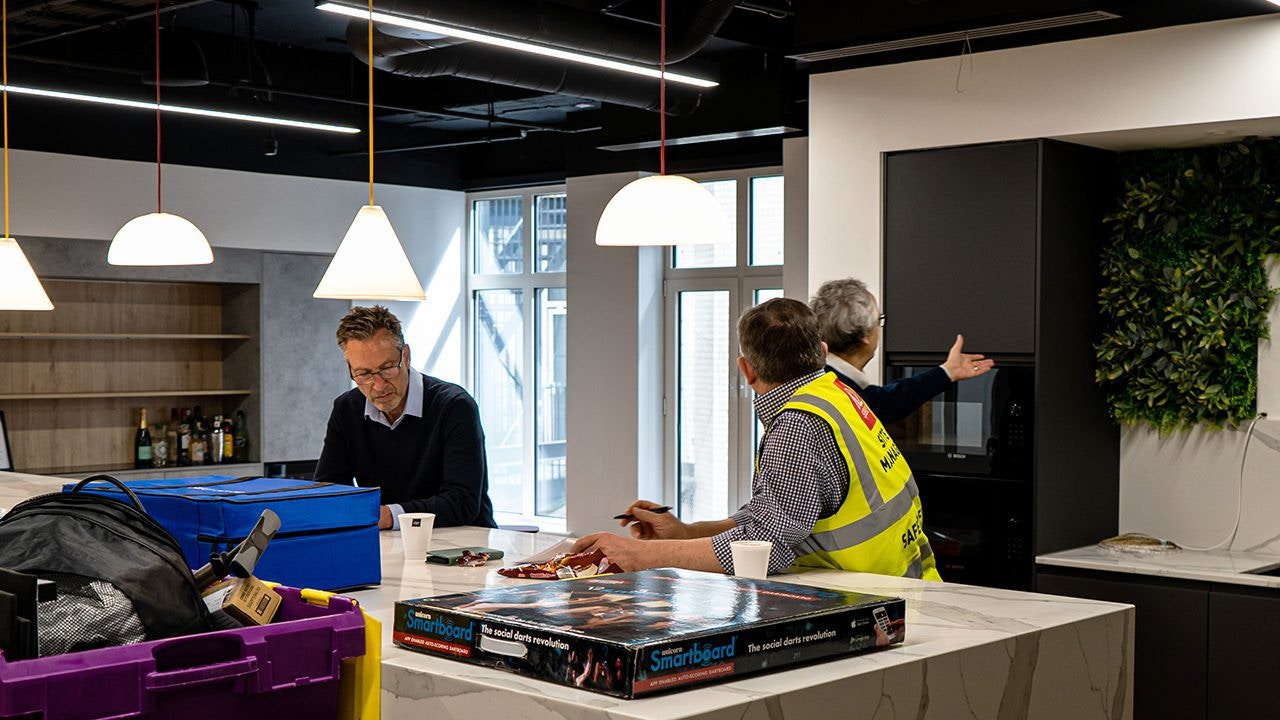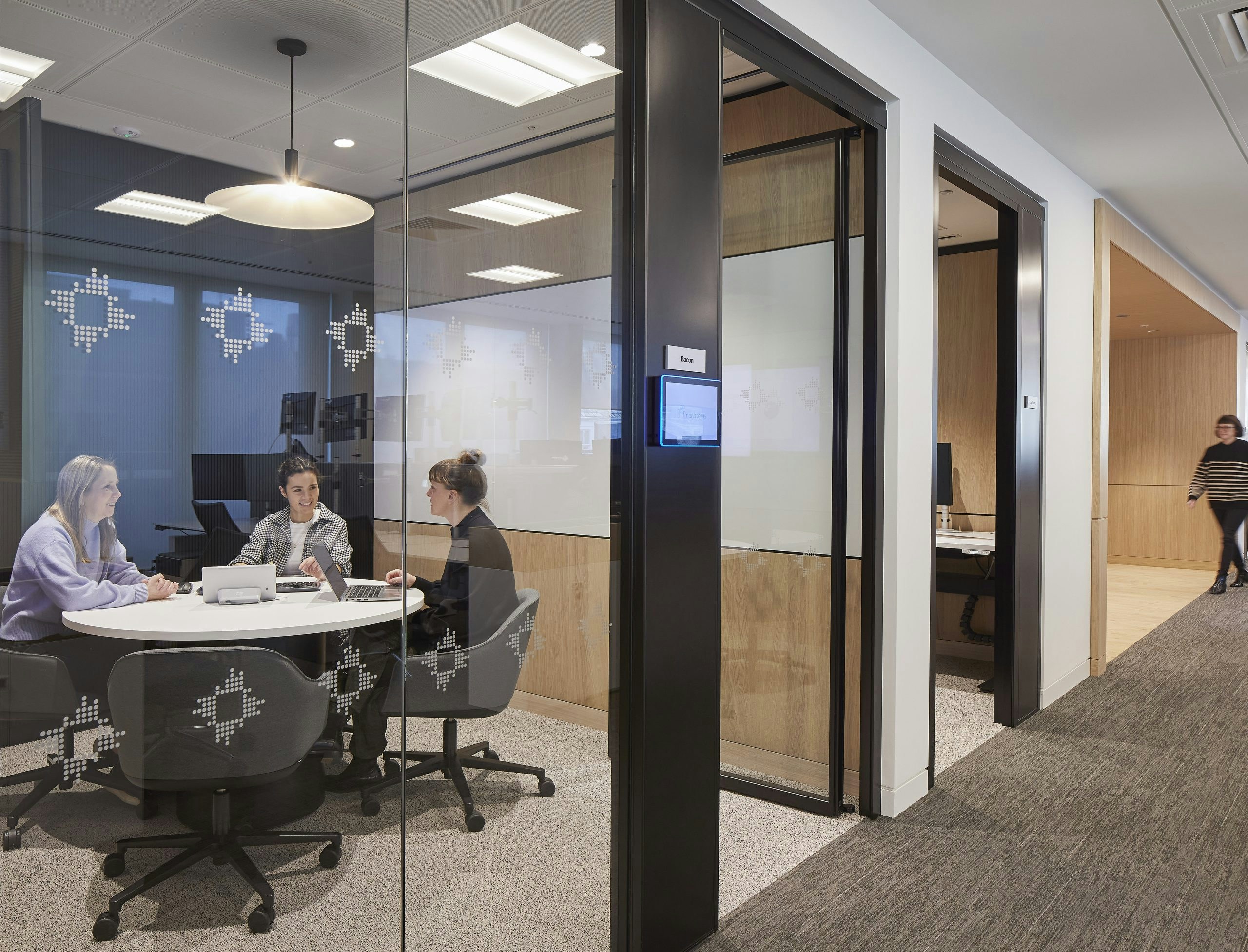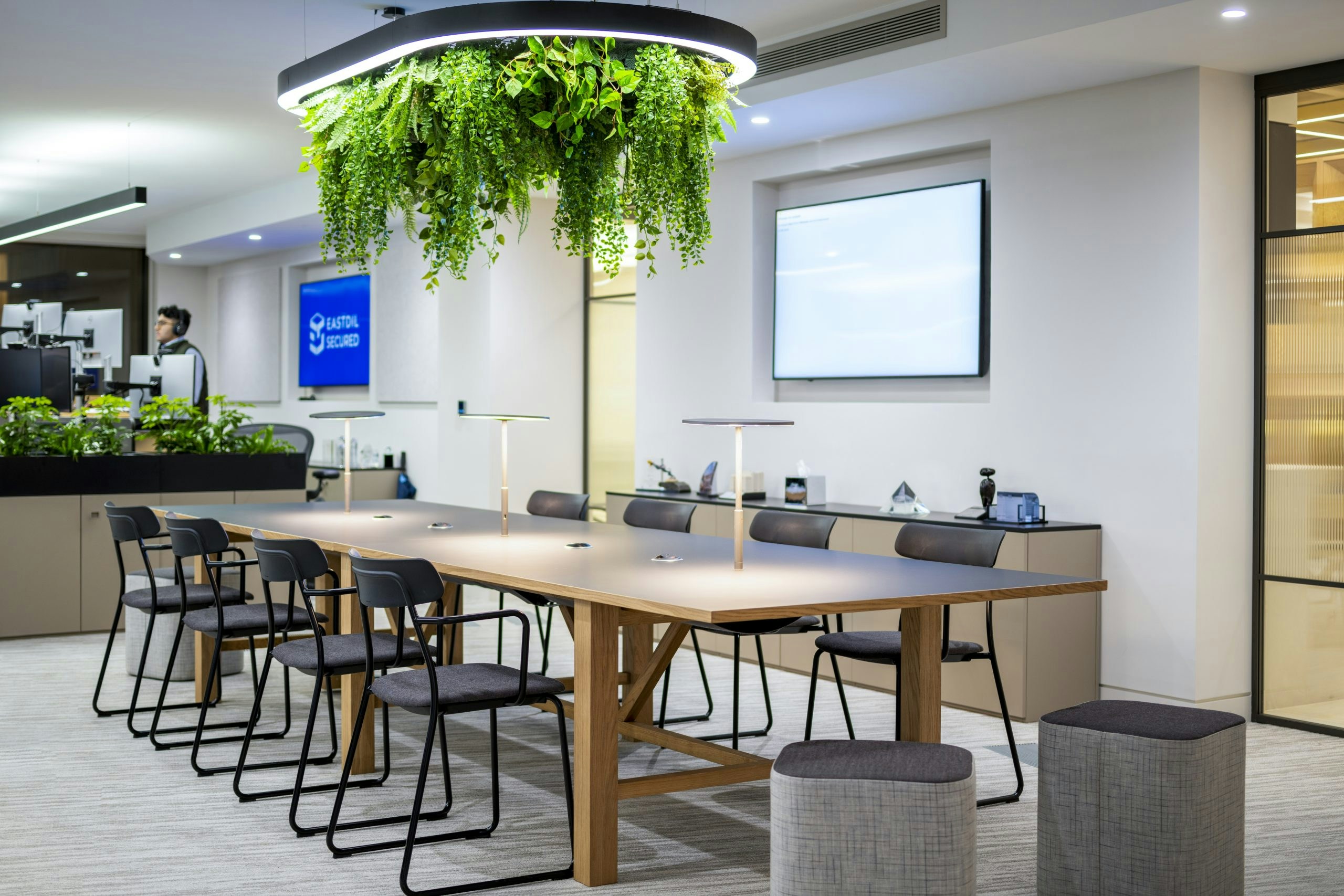There are numerous reasons why companies move offices. It could be a lease break, a looming expiry, or the need to find a larger office space that matches the ever-growing team of staff. More recently, the shift back to the office has led to the need for hybrid office spaces which cater to staff in the office and working from home.
When considering an office move, businesses need to navigate a range of complexities including decisions on the size and location of the new office, budget constraints, lease terms, rental costs, and moving logistics, and that’s not to mention the design and build of your office and considerations such as evolving office design trends that cater to the needs of staff and future-proof your office space.
Ideally, 6-12 months before the move, you want to create an office move checklist. If you’re in that stage, this office move guide is the ideal starting point.
